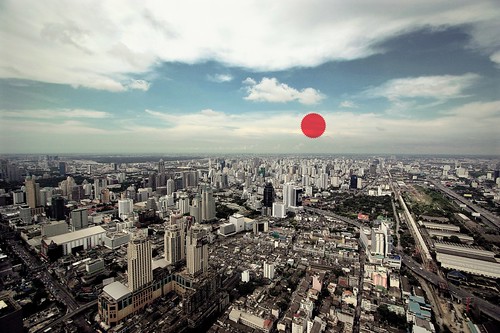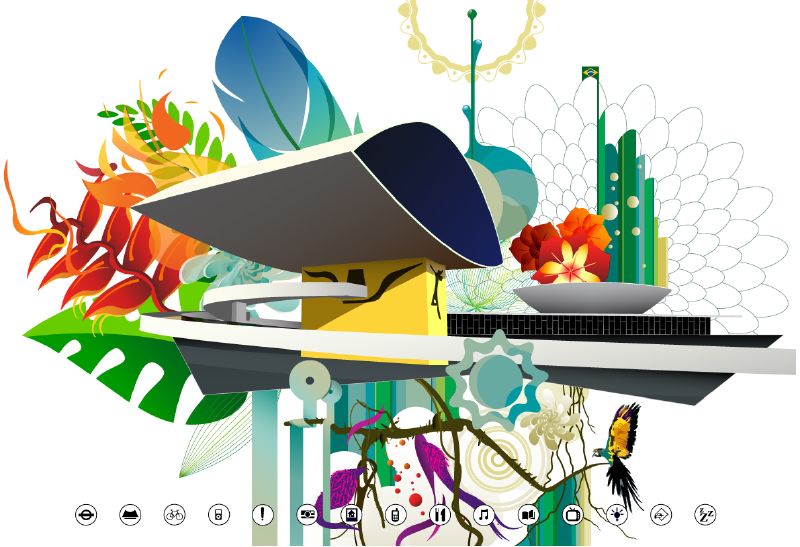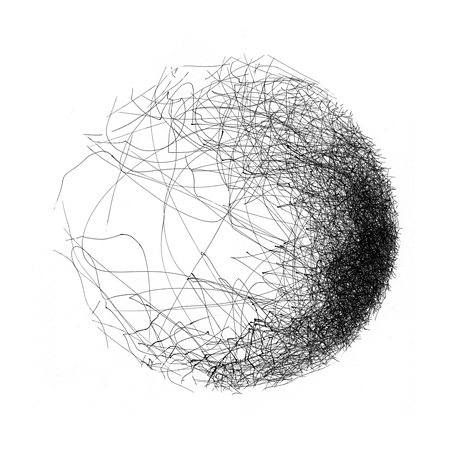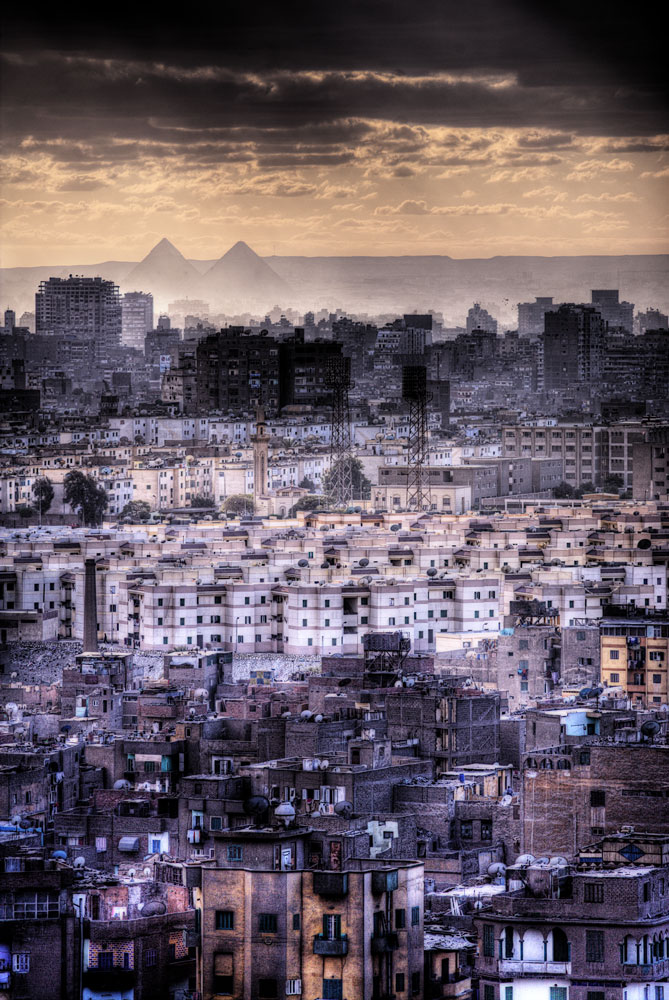 A recent CEOs for Cities post pointed out a great article by Dev Patnaik that outlined five common mistakes made by businesses looking to be innovators. All of them, in one way or another, dealt with the myth of the silver bullet, and the article made a clear and concise argument for the importance of institutional context and diversified methodology. The myths that Patnaik does away with are all important for urbanists to consider as cities work to position themselves as both innovative places and as incubators of economic and technological innovation. On top of that, responding to context (cities each have very different conditions, physically and economically) and diversification (urban problems are both numerous and intrinsically interconnected, and there is no one solution to anything) are particularly applicable. The following is a breakdown, in urbanism terminology, of Patnaik's ideas.
A recent CEOs for Cities post pointed out a great article by Dev Patnaik that outlined five common mistakes made by businesses looking to be innovators. All of them, in one way or another, dealt with the myth of the silver bullet, and the article made a clear and concise argument for the importance of institutional context and diversified methodology. The myths that Patnaik does away with are all important for urbanists to consider as cities work to position themselves as both innovative places and as incubators of economic and technological innovation. On top of that, responding to context (cities each have very different conditions, physically and economically) and diversification (urban problems are both numerous and intrinsically interconnected, and there is no one solution to anything) are particularly applicable. The following is a breakdown, in urbanism terminology, of Patnaik's ideas.• Over-reliance on high-profile, "sexy" projects
The Guggenheim Bilbao made just as big a splash in the fields of urban planning and policy as it did in architecture. Now, it's a commonly-held belief that cities can build megaprojects that will catapult them into the international spotlight and trigger a surge of prosperity. In reality, even when such projects are independently successful they are never the silver bullet that was imagined. Chicago's Millennium Park, for example, is by all accounts a huge success as a public space and tourist attraction. Still, it was a financial fiasco, and the glamour and goodwill afforded the city by the park is now being squandered by the miserable failure of the city's transit system -- a battle in which the City of Chicago is too strapped to play any meaningful role. Big projects can be important to cities, but it's even more important to pay close attention to what trade-offs will need to be made in terms of basic services (transit ain't the only thing hurtin' in Chicago) in order to pull off a good piece of stunt urbanism. Millennium Park is an innovative piece of landscape architecture, but as an urban regenerator it's as archaic as they come.
• Unhealthy fascination with unique, charismatic civic leaders
Michael Bloomberg, Gavin Newsome, and Ken Livingstone all command a considerable amount of media attention for their efforts to improve their cities. This innovation red herring is especially potent in urbanism: everyone loves a superstar mayor. And while these mayors can teach us a lot, it is important to remember that the best and most innovative mayors from the past (Jaime Lerner is a prime example) were willing to take risks; that is to say that great mayors have often made names for themselves by bucking trends and trying new ideas that were responsive to their specific cities rather than following standard procedures being replicated, cut-and-paste style, in other cities.
• Misapplication of other cities' approaches
Building on the previous point, it is often assumed that because Idea X worked in City Y, it will be equally successful in City Z. This is absurd. Take, for instance, the public transportation system in Medellín. The city's 3.2 million inhabitants live in a long, narrow valley. While the central part of the city, located in the lowest and flattest part of the valley, is served by a standard subway system, the densely populated neighborhoods that climb up the western hillsides are served by the Metrocable, a cable-car line that has become very successful both as a transit line and -- to the delight of city officials -- a tourist attraction that has helped (along with other projects) to lower crime and improve the economic outlook for the neighborhood's poorer residents. The lesson to be learned here for other cities is that unconventional transit options can be worth the risk if they are properly tailored to the needs of the community. The misapplication of this lesson would be for a flat city to assume that building a cable car would be a good idea since it worked in Medellín. This is a relatively simple illustration, but you get the idea.
• Descent into a cycle of self-recrimination
Pittsburgh, the oddball city so dear to my own heart, is the poster child for this kind of thinking. Many Pittsburghers labor under the assumption that their city is suffering because it is unable to hold onto the talented young people who graduate from major universities in the area like the University of Pittsburgh and Carnegie-Mellon University. (In fact, Pittsburgh has an unusually high rate of retention of its young natives). Pittsburghers see Creative Class capitals like San Francisco and Austin attracting large numbers of young creative types and makes the assumption that it is not cool enough to compete. Untold energy is put into trying to make the city cooler and more attractive to young people. Meanwhile, the draconian tax system that discourages start-ups (the number that exist regardless of this fact is a testament to the city's unrealized potential) go unchanged because Pittsburgh fails to realize that music festivals and extensive bike paths aren't going to save the city. The Burgh was a global hub of commercial and technological innovation at the turn of the 19th century. To be successful today, all cities (Pittsburgh included) would do well to look back at their strongest points and learn how to replicate that kind of success.
• Resignation to superficial changes
Patnaik uses the example "Let's just paint the walls purple" to mock companies' shallow understanding of the funky interiors of creative business HQs -- most famously, the Googleplex. Cities have a long and storied history of believing in the power of cosmetic changes only to be let down by the results. A phenomenon that you might call Trinket Urbanism had a death grip on North American cities until relatively recently as every city rushed to have their version of one-off amenities built in other cities. Baltimore's Festival Harbor spawned a gazillion of those so-called "Festival Marketplaces." Arenas were all the rage throughout much of the 1990s. Making a city more attractive is certainly not a bad idea, but there is a dangerous perceived correlation between beautification and prosperity. Flowering medians do not a center of innovation make.
(Photo from Flickr user emsef. The original full-color version can be viewed by clicking the photo.)
Links:
Innovation Mistakes (CEOs for Cities)
Five Common Mistakes in Innovation (Business Week)






























